For nearly two decades, the laptop DJ defined modern dance floors. Digital setups promised convenience, infinite music libraries, seamless sync, and effects processing that once seemed impossible outside a studio. But a growing counter-movement is reshaping the culture: more DJs and producers are turning back to physical controllers, analog synthesizers, and tactile gear that reintroduce unpredictability and presence into live performance.
This hardware resurgence isn’t simply nostalgia. It reflects a hunger for authenticity and a belief that the most memorable sets emerge from physical effort rather than digital mediation.
The Tactile Connection
Performing with hardware demands a different level of engagement. Knob twists, filter sweeps, and beat matching become deliberate gestures that require constant attention. The process is as visual as it is sonic, with audiences able to see and feel the effort shaping each track in real time.
Taylor Thomson, an LA-based DJ and producer known for blending technology with analog warmth, has been part of this shift. His current rig centers on the Pioneer DJ XDJ-RX3 for live mixing, supported by instruments like the Arturia MicroFreak for experimental textures and the Roland TR-8S for rhythm programming.
“There’s something about turning a physical knob that you just can’t replicate with a mouse,” Thomson says. “When I’m performing, those movements become part of the language. The audience sees the choices I’m making, and that energy feeds back into the room.”
Escaping Convenience Culture
The dominance of software introduced near-limitless possibilities, but many artists now see those same options as a trap. With infinite presets and automation available at a click, creativity can feel detached or overwhelmed. Hardware, by contrast, imposes constraints that spark innovation.
Thomson points to his Korg Minilogue XD as an example. Its limited but carefully designed controls force him to explore deeply within a defined space. “Limitations breed creativity,” he explains. “When you’ve only got a handful of parameters, you learn them inside out and find unexpected paths. With software, it’s too easy to skim endlessly without committing.”
This mindset is leading many DJs to streamline their setups, choosing fewer instruments but learning them intimately. Performances become less about complexity and more about intention, with audiences able to sense the difference.
A New Level of Connection
Crowds are responding to the change. Watching an artist manipulate hardware creates a transparency often missing from laptop sets. Listeners can trace sounds back to gestures, building trust and curiosity that heightens the live experience.
Thomson sees this dynamic across Los Angeles’ underground. “People want to know what’s happening in front of them,” he says. “They point at the drum machine, they ask about the synth. It turns the performance into a conversation, not just a playback.”
This emphasis on visible craft parallels other cultural movements that prize the handmade over the mass-produced. Just as fans value locally brewed beer or small-batch clothing, dance music audiences are drawn to the artistry of hands-on performance.
The Studio Dimension
The hardware return isn’t limited to the stage. In the studio, physical instruments are helping producers rediscover decisiveness. Unlike endlessly tweakable software, analog gear forces commitment. A resonant sweep, a happy accident, or even a slight timing drift can become defining features rather than flaws.
Thomson’s production setup balances digital efficiency with analog character. Using KRK Rokit 7 monitors and a Focusrite Scarlett 18i20 interface, he often begins tracks with hardware elements, laying down rhythms on the Roland TR-8S or experimenting with textures on the MicroFreak before moving into digital editing. “Hardware gives me accidents I couldn’t plan,” he says. “Those little imperfections are what make a track feel alive.”
Challenges and Rewards
Of course, hardware is not without hurdles. Costs, reliability issues, and steep learning curves can discourage newcomers. Many artists adopt hybrid workflows, combining the stability of digital systems with the character of analog gear.
Thomson embraces this balance, using Ableton Live for arranging while relying on physical instruments for sound generation and improvisation. The result preserves both flexibility and character. His collaborations, highlight how hardware setups also invite spontaneous interactions in ways that software alone rarely does.
Where Hardware Fits Next
The return of hardware signals that progress in electronic music doesn’t mean abandoning the physical. Instead, the most compelling performances are likely to come from hybrid approaches that combine digital capability with analog immediacy.
Thomson’s trajectory, from early SoundCloud releases to his current hybrid sets, illustrates how artists can navigate this balance.
For artists and audiences alike, the message is clear. In a world where nearly everything can be automated, the simple act of twisting a knob or striking a key carries renewed power. Hardware’s revival shows that electronic music’s future may be found not just in new software, but in the physical gestures that make sound feel alive.










